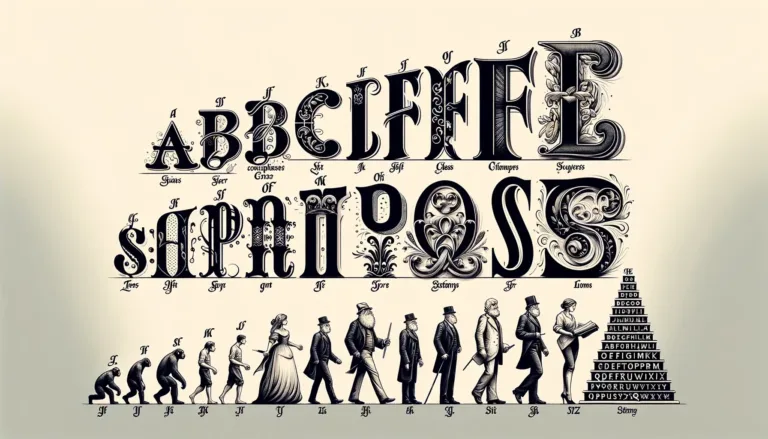The Psychology of Fonts in Marketing
In the nuanced world of marketing, the psychology of fonts plays a pivotal role in shaping consumer perceptions. The typography you choose becomes the voice of your brand, whispering into the ears of potential customers. This article delves into the strategic use of font psychology in marketing and how it can influence consumer behavior.
The Subconscious Influence of Fonts
Every font holds its own personality – a subtle undertone that influences the subconscious mind. Serif fonts, like Times New Roman and Garamond, are often associated with tradition and reliability. In contrast, sans-serif fonts such as Arial and Helvetica exude a modern and clean vibe. When consumers encounter these fonts, their brains quietly link the text’s visual appearance with associated traits.
Conveying Brand Personality
Fonts are the wardrobe of written communication; they dress up messages to align with your brand’s personality. A luxury brand might adorn itself with elegant, refined typefaces, while a tech startup may opt for a minimalist, futuristic sans-serif to express innovation. The key is to align font characteristics with brand values to convey the intended message effectively.
Emotional Connections through Typography
Marketing is not just about selling a product or service; it’s about forging an emotional connection. Fonts have the power to evoke emotions and set the mood. A playful script font might instill a sense of whimsy and fun, perfect for a brand targeting a younger demographic. Meanwhile, a strong, bold font can convey confidence and strength, ideal for a fitness brand.
Readability and Function
While the emotional impact of fonts is crucial, functionality cannot be overlooked. Readability directly affects consumer engagement. A font that’s too ornate may discourage reading, especially in longer passages. Marketing materials must strike a balance between visual appeal and practicality, ensuring messages are not only seen but also absorbed.
Cultural Considerations in Font Selection
Cultural context can significantly influence font perception. A font that resonates well with one cultural group may not have the same effect on another due to differing associations and experiences. Marketers must consider these nuances to ensure their message resonates with the target audience.
A/B Testing in Font Psychology
Data-driven marketing strategies often employ A/B testing to determine which fonts yield the best consumer response. By comparing the performance of different typography styles, marketers can make informed decisions that enhance the effectiveness of their campaigns.
SEO Implications
In digital marketing, the interplay between font selection and SEO cannot be ignored. While search engines don’t directly consider font styles, the user engagement that results from strategic font use can influence SEO rankings. Websites with higher user engagement metrics are often favored by search algorithms.
Conclusion
In conclusion, the psychology of fonts in marketing is a crucial element that marketers must leverage to ensure their message is conveyed effectively. The right font can enhance brand perception, evoke the desired emotional response, and ultimately influence consumer behavior. As brands compete for attention in an ever-crowded marketplace, the strategic use of fonts in marketing materials can be a significant differentiator.







